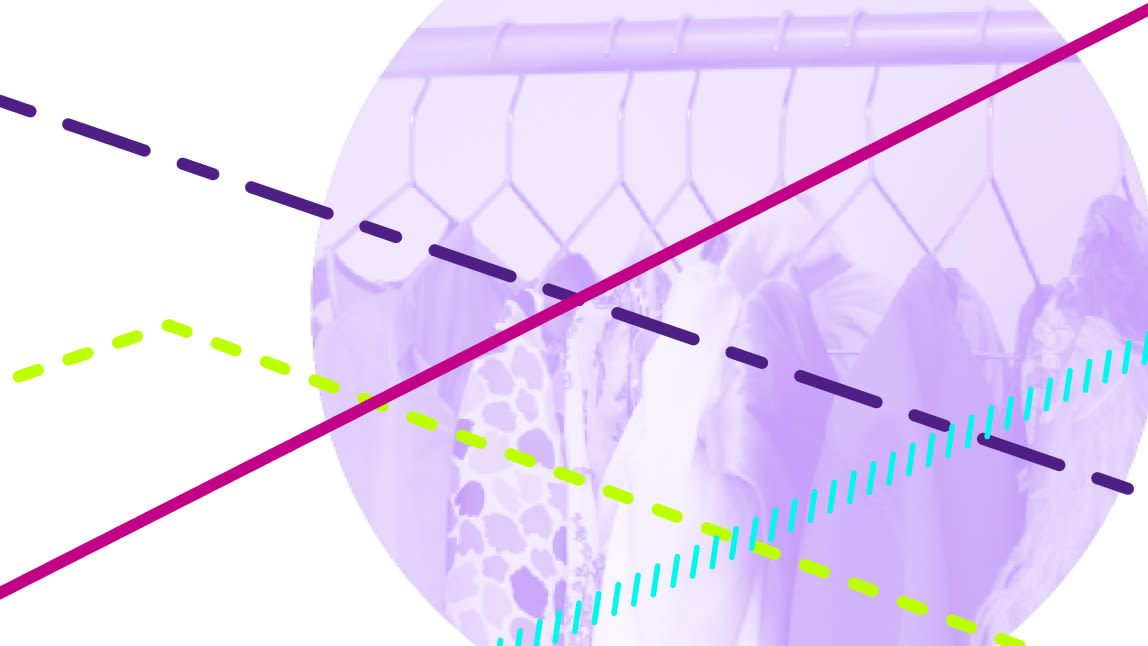Launched today, Circular Business Models: Redefining growth for a thriving fashion industry explores how circular business models offer significant potential for greater revenue, while cutting the volume of new clothing and accessories produced.
Following on from the Foundation’s first fashion report A New Textiles Economy: Redesigning fashion’s future and following Vision of a circular economy for fashion - the study takes a deep dive into fashion industry sectors such as rental, resale, repairrepairOperation by which a faulty or broken product or component is returned back to a usable state to fulfil its intended use., and remaking which represent a USD 73 billion market.
“Not only do circular business models have massive potential to become mainstream, they provide new and better growth for the fashion industry. Clothing production doubled between 2000 and 2015, while the time we use clothes fell by more than a third. Circular business models can help turn this around and create a thriving industry that takes a lead on tackling global challenges such as climate change and biodiversity loss.”
- Marilyn Martinez, fashion initiative project manager, Ellen MacArthur Foundation.
These models are expected to continue growing as customers become increasingly motivated by affordability, convenience, and environmental awareness and additionally, sectors such as rental and resale, have the potential to claim 23% of the global fashion market by 2030 and grasp a USD 700 billion opportunity.
However, highlighted in this study is also the notion that these models do not always lead to environmental benefits, particularly, if they are seen purely as ‘add-ons’ to a traditional wasteful model as opposed to central to all business activities.
For example, incentivising product take-back for resale, remaking or recycling by offering vouchers for new products may fuel more production. Rental models that offer clothes not designed to withstand many wears and cleaning cycles increase the chances of that model being economically and environmentally unviable. Ultimately, if not designed to be part of the system in which it sits, clothing will end up in landfill after very few uses.
To maximise the positive outcomes of circular business models and realise their full potential for better economic growth and environmental impacts the Foundation has recommended four key actions:





